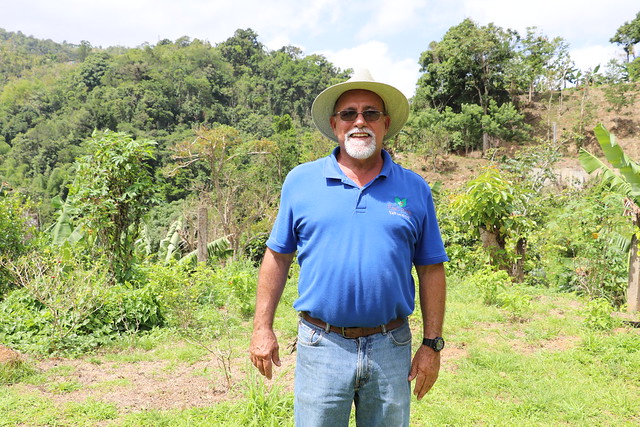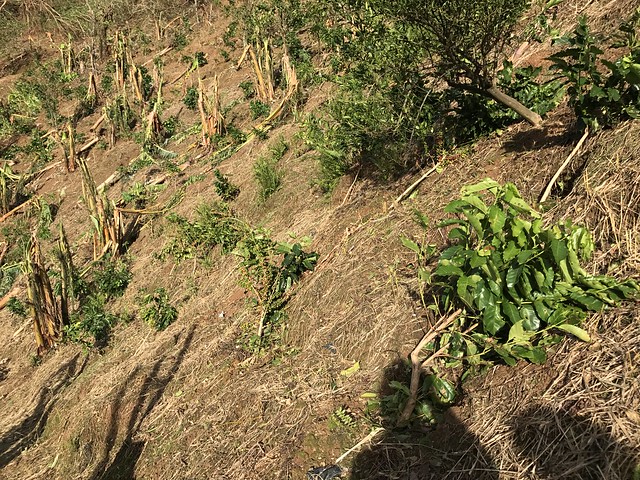
José (Tato) Roig’s farm has been producing coffee since 1978 and has become one of the most successful farms in Puerto Rico’s Coffee Zone. However, Hurricane Maria inflicted severe damage on his crops, as well as those of many other coffee growers.
“Hurricane Maria was devastating,” said Roig. “We lost about 150 acres of crop land, from which we lost 100,000 coffee trees.”
Puerto Rican coffee has been prized around the world since 1736, when the first crops were brought to the island. However, the island’s coffee industry has faced its worst nightmare in the wake of Hurricanes Irma and Maria.

According to the World Coffee Research (WCR), a development and agricultural research non-profit, before the hurricanes, Puerto Rico had approximately 18,000 acres of land dedicated to coffee. After the hurricanes, 80 percent of mature coffee producing shrubs were lost.
Recovery in the wake of the hurricanes has been slow for many farmers. A survey conducted by Puerto Rico’s Department of Agriculture and the Agricultural Extension Service from the University of Puerto Rico (UPR) identified lack of seeds as a key need of growers, but also more urgent are personal needs, such as housing and basic supplies.
Small coffee farmers were the most affected by these events. Despite the damage, Roig’s farm is on the road to recovery. However, many other growers are still struggling.
USDA agencies like the Forest Service, Farm Service Agency, and Natural Resources Conservation Service have worked closely with local agencies to assist the island’s farmers by offering workshops and information to farmers about all available disaster aid programs.
The Forest Service has also provided Disaster Supplemental funding to support technical assistance and forest management planning to small coffee growers and other private landowners. Funding was distributed to several local partners, including $200,000 to a private educational non-profit organization, Cafiesencia, to work specifically with farmers in the Puerto Rico Coffee Zone.
Cafiesencia and the International Institute of Tropical Forestry are training growers on agroforestry conservation practices recommended for the area, including shade grown coffee. Forest Service research (PDF, 3.5 MB) has shown that growing coffee in partial shade not only provides habitat for native birds and other important wildlife, but also lengthens the life span of the coffee shrubs themselves by reducing erosion, controlling pests, and conserving water.

Mixing coffee shrubs with other species also helps in the harvest of specialty coffee and creates opportunities for more diversified crops, and thus additional sources of income for farmers.
Local community and government recovery efforts are still ongoing, and the future of Puerto Rico’s coffee industry is at stake. Today’s efforts are crucial to ensuring successful future harvests.

